Provide efficient, controlled access to ready-to-go devices.
Mobile devices are critical in day-to-day function of nearly every industry. Get the tech into the right hands quickly and consistently.
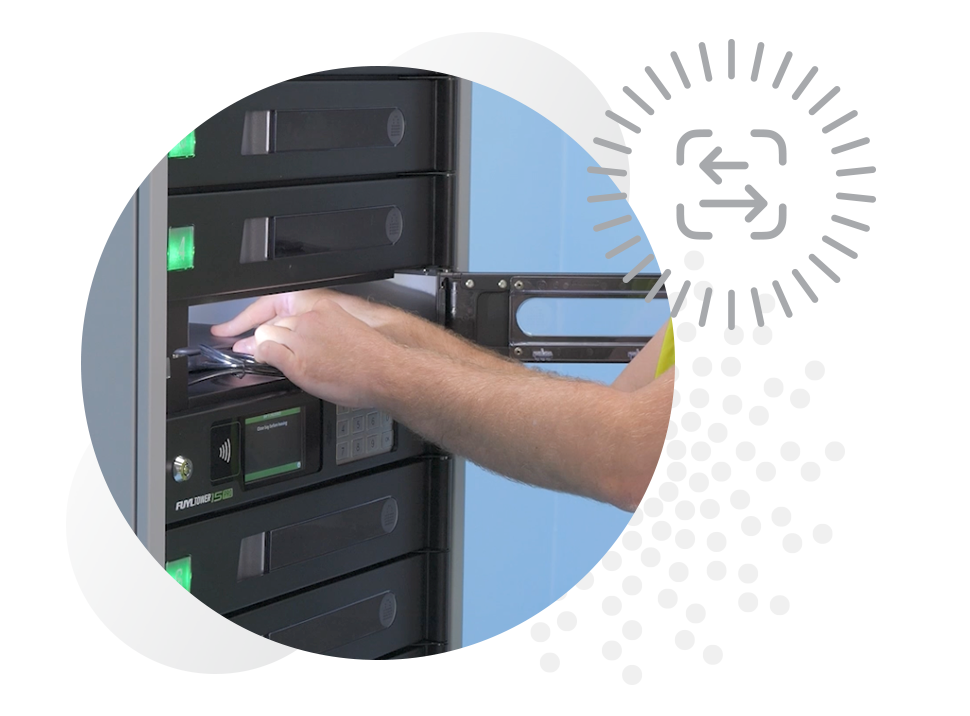
Trusted by leading schools and businesses worldwide.







Save time, money, and headaches when managing mission-critical mobile tech.
Don’t let uncharged, missing, or broken devices derail those who oversee devices. Lessen the burden of manual checkouts by using a Smart Locker System to streamline access, deployment, and return of assigned devices – so you can focus on the things that matter most.
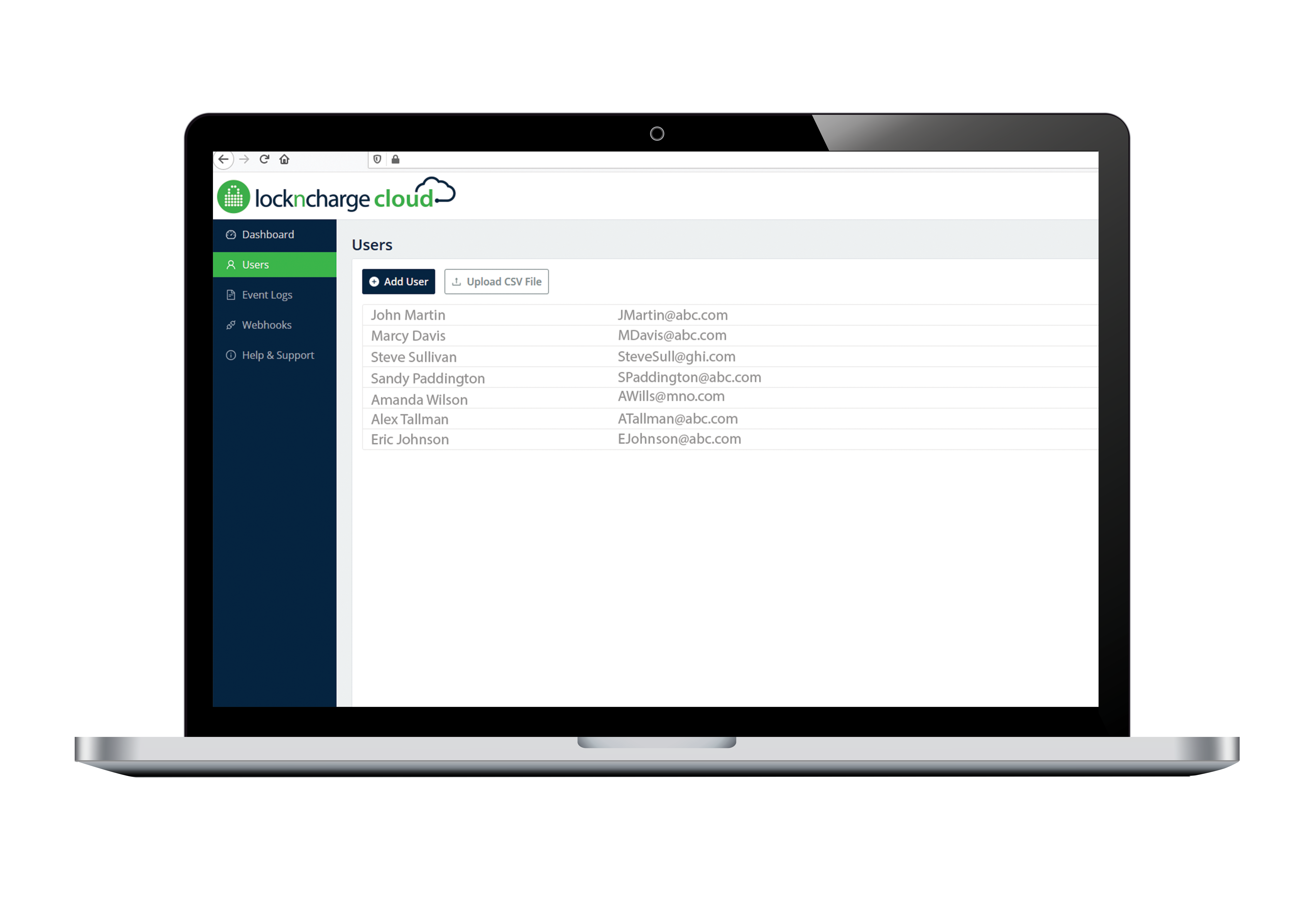
Hold employees accountable to device check out/in processes.
Remotely control who can check out an assigned device, know the complete history of smart locker access, and track whether or not devices have been returned. Accountability is a key component of operational efficiency for your device check in and out program.
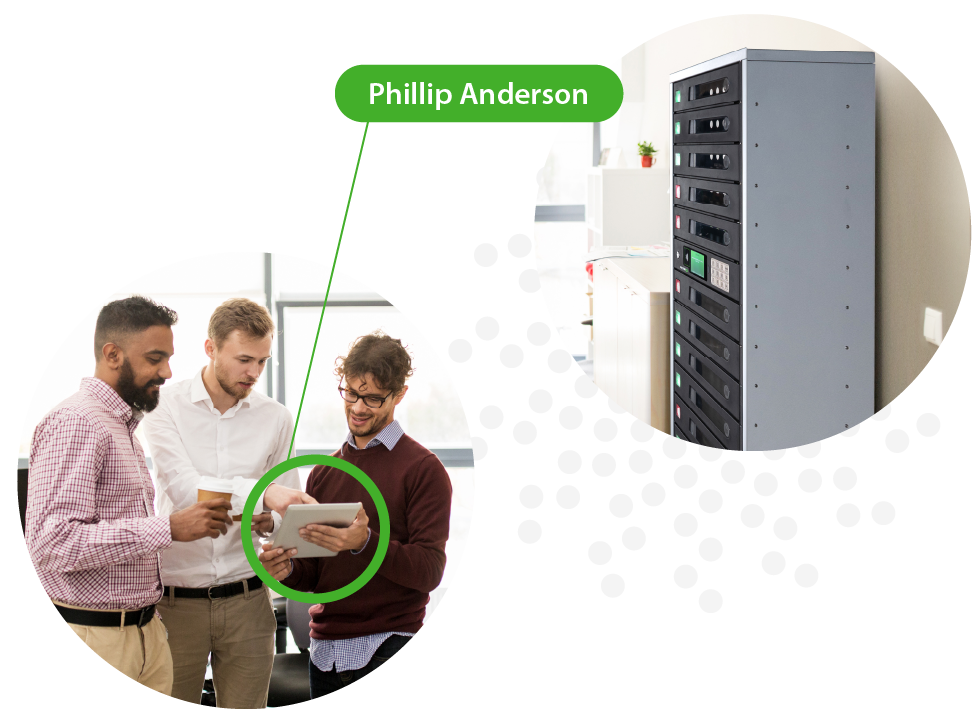
Helpful Resources
Dig into these useful articles, videos, testimonials, blogs, and more.

Manufacturing: Powering Smart Manufacturing with Intelligent Hardware Asset Management
As digital solutions are deployed across manufacturing facilities, new challenges emerge. LocknCharge can help implement intelligent asset management & boost efficiency managing devices.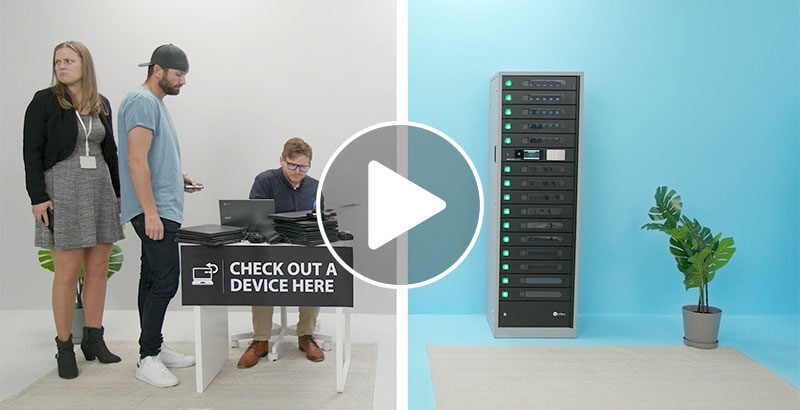
Simplify Device Check-Out with Smart Lockers | LocknCharge
See how LocknCharge Smart Lockers streamline device check-out, reduce IT workload, and empower users with secure, self-serve access — anytime, anywhere.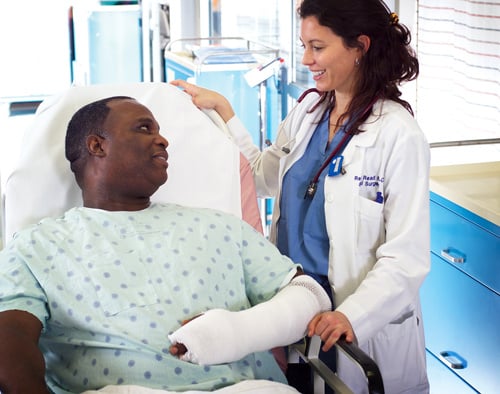
Case Study: Erie County Medical Center Leads Medical Mobile Device Deployment
Because of the small footprint of the charging unit, the FUYL Towers could be placed in the Operating Room office and the Anesthesia office where Providers get ready for the start their shift, making device pickup quick and easy.Book a Discovery Call
Connect with a LocknCharge representative to learn how you can control device check out and check in within your organization.
Fill out this form.
Choose a time and instantly book a meeting.
During the call, a LocknCharge Account Executive will:
✓ Understand your project.
✓ Answer any initial questions.
✓ Recommend the best solutions.
✓ Provide next steps.

